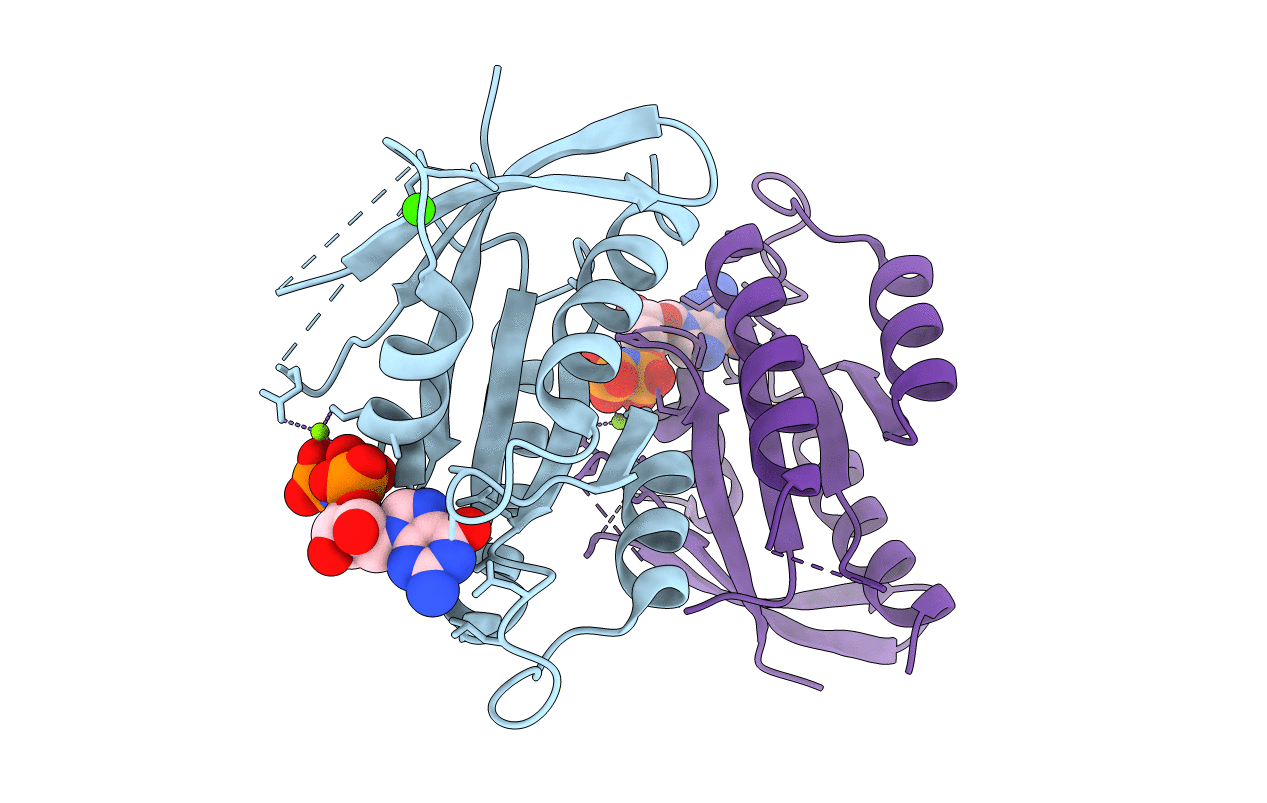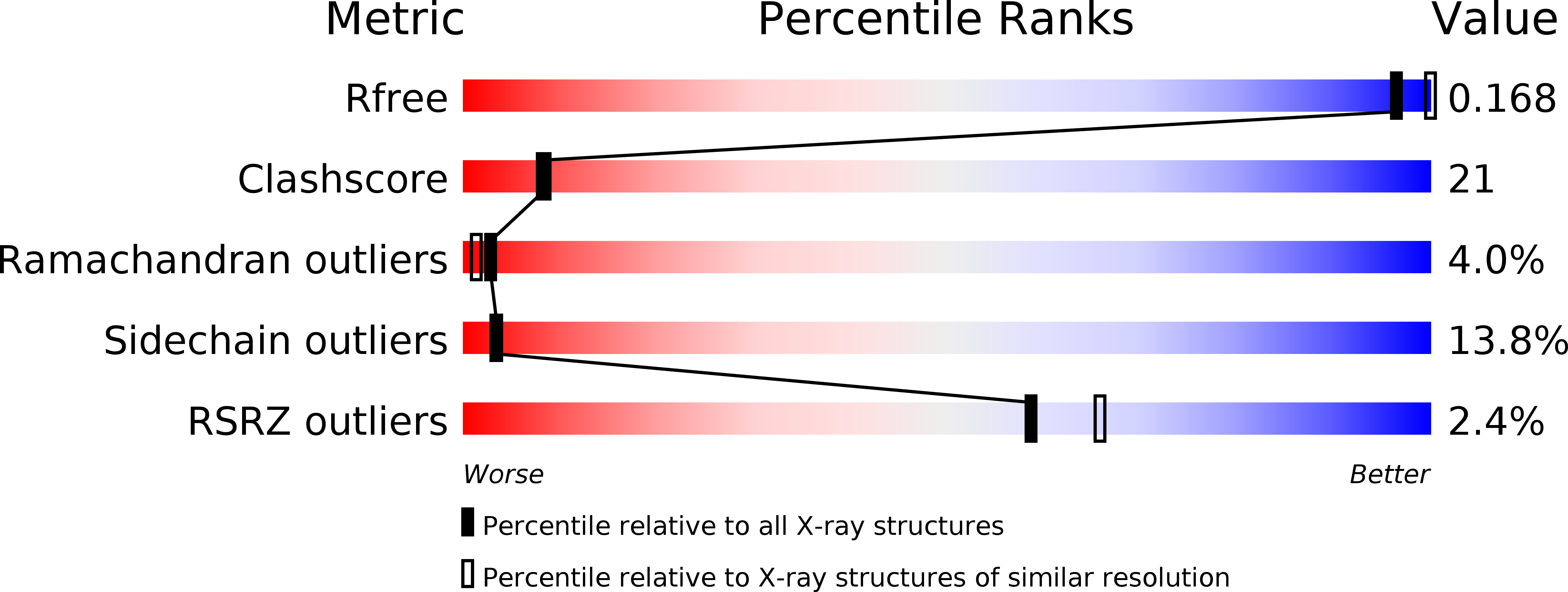
Deposition Date
2011-01-05
Release Date
2011-09-21
Last Version Date
2023-09-13
Entry Detail
PDB ID:
3Q7Q
Keywords:
Title:
Crystal Structure of Rad G-domain Q148A-GTP Analog Complex
Biological Source:
Source Organism:
Homo sapiens (Taxon ID: 9606)
Host Organism:
Method Details:
Experimental Method:
Resolution:
2.30 Å
R-Value Free:
0.20
R-Value Work:
0.16
R-Value Observed:
0.16
Space Group:
P 31


